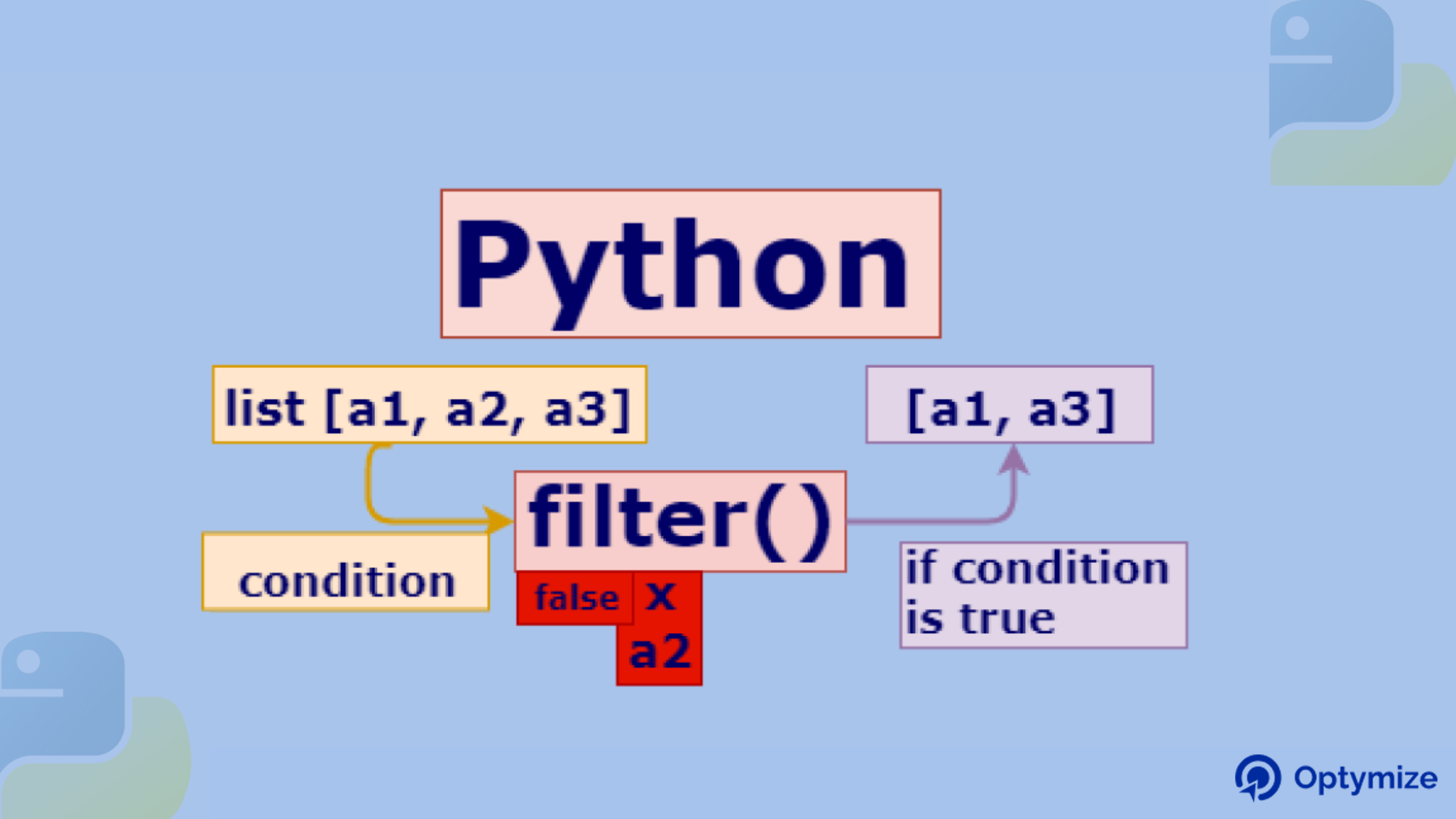Infinity is an abstract concept that represents an unbounded or limitless value. It can be represented as a positive or negative number and is often used in mathematical and computational contexts to represent values that are either infinitely large or infinitely small.
In algorithms, infinity is often used as a placeholder value to compare solutions and ensure that no input value exceeds a certain threshold. It is important to note that while infinity is a useful tool in mathematical and computational contexts, it is not a well-defined or precise number and should be used with caution.
In programming, the concept of infinity typically arises when performing mathematical operations that result in a division by zero. This can lead to the infamous “Divide by Zero” error, which occurs when a program attempts to divide a number by zero.
This is typically caused by a programming error, such as using an uninitialized variable or not properly checking for special cases. To avoid this error, it is important to properly handle these cases in the code and ensure that any division operations are performed on valid input.
Uses of Infinity in Programming
In the field of computer science, infinity is commonly used for
- Setting upper and lower bounds on computations and data sets.
- Evaluating and improving the performance of large-scale computing algorithms.
- Determining time and space complexity of algorithms.
- Identifying and addressing potential performance bottlenecks.
- Comparing finite and infinite values in computations.
- Establishing mathematical properties and limits of computational systems.
- Creating and solving mathematical models of complex systems.
- Providing a theoretical foundation for the study of algorithms and complexity theory.
- Designing and implementing algorithms that can handle large and/or infinite inputs.
- Understanding the limits of computational power and what can be achieved with current technology.
Python Infinity: Representation and Usage
There are several ways to represent Python infinity, each with its own specific use case. Let’s learn them in detail.
By Using float(‘inf’) and float(‘-inf’)
The float data type with the value of float(‘inf’) or float(‘-inf’): This is the standard representation of Python infinity and is commonly used when working with floating-point numbers.
# Defining a positive infinite integer
positive_infinity = float('inf')
print('Positive Infinity: ', positive_infinity)
# Defining a negative infinite integer
negative_infinity = float('-inf')
print('Negative Infinity: ',
negative_infinity)
# Expected Output:
# Positive Infinity: inf
# Negative Infinity: -inf
By Using Math module
The math.inf and math.neginf constants: These constants are part of the math module and are equivalent to the float(‘inf’) and float(‘-inf’) representations.
import math
# Defining a positive infinite integer
positive_infinity = math.inf
print('Positive Infinity: ', positive_infinity)
# Defining a negative infinite integer
negative_infinity = -math.inf
print('Negative Infinity: ', negative_infinity)
# Expected Output:
# Positive Infinity: inf
# Negative Infinity: -inf
By Using Math module
The math.inf and math.neginf constants: These constants are part of the math module and are equivalent to the float(‘inf’) and float(‘-inf’) representations.
from decimal import Decimal
# Defining a positive infinite integer
positive_infinity = Decimal('Infinity')
print('Positive Infinity: ', positive_infinity)
# Defining a negative infinite integer
negative_infinity = Decimal('-Infinity')
print('Negative Infinity: ', negative_infinity)
# Expected Output:
# Positive Infinity: Infinity
# Negative Infinity: -Infinity
By Using NumPy Module
The numpy.inf and numpy.neginf constants: These constants are part of the numpy library and are equivalent to the float(‘inf’) and float(‘-inf’) representations. They are commonly used when working with large arrays of numerical data.
import numpy as np
# Defining a positive infinite integer
positive_infinity = np.inf
print('Positive Infinity: ', positive_infinity)
# Defining a negative infinite integer
negative_infinity = -np.inf
print('Negative Infinity: ', negative_infinity)
# Expected Output:
# Positive Infinity: inf
# Negative Infinity: -inf
Arithmetic operations on Python Infinity
Now we are familiar with the various ways of representing Python infinity, it is important to understand the properties and behavior of arithmetic operations when performed on infinite values.
It is well-established that any mathematical operation performed on an infinite value will result in another infinite value. This holds true for operations such as addition, subtraction, multiplication, and division. For example, if we have an infinite value represented by float(‘inf’), and we perform the operation float(‘inf’) + 1, the result will still be float(‘inf’). Similarly, if we perform the operation float(‘inf’) * 0, the result will be NaN. It is important to note that these properties are valid for all the representations of Python infinity as well as in mathematics.
# Defining a positive infinite integer
positive_infinity = float('inf')
print('Positive Infinity: ', positive_infinity)
# Defining a negative infinite integer
negative_infinity = float('-inf')
print('Negative Infinity: ', negative_infinity)
print('Arithmetic operation on Positive infinity: ')
# Multiply Positive infinity number by 5
print('Multiplication : ',positive_infinity * 5)
# Addition to Positive infinity Number
print('Addition : ',positive_infinity + 5)
# Subtraction to Positive infinity Number
print('Subtraction : ',positive_infinity - 5)
# Division to Positive infinity Number
print('Division : ',positive_infinity / 5)
print('Arithmetic operation on Negative infinity: ')
# Multiply Negative infinity number by 5
print('Multiplication : ',negative_infinity * 5)
# Addition to Negative infinity Number
print('Addition : ',negative_infinity + 5)
# Subtraction to Negative infinity Number
print('Subtraction : ',negative_infinity - 5)
# Division to Negative infinity Number
print('Division : ',negative_infinity / 5)
# Expected output
# Arithmetic operation on Positive infinity:
# Multiplication : inf
# Addition : inf
# Subtraction : inf
# Division : inf
# Arithmetic operation on Negative
infinity:
# Multiplication : -inf
# Addition : -inf
# Subtraction : -inf
# Division : -inf
Arithmetic operations on Python infinity
Now we are familiar with the various ways of representing infinity in Python, it is important to understand the properties and behavior of arithmetic operations when performed on infinite values.
It is well-established that any mathematical operation performed on an infinite value will result in another infinite value. This holds true for operations such as addition, subtraction, multiplication, and division. For example, if we have an infinite value represented by float(‘inf’), and we perform the operation float(‘inf’) + 1, the result will still be float(‘inf’). Similarly, if we perform the operation float(‘inf’) * 0, the result will be NaN. It is important to note that these properties are valid for all the representations of infinity in Python as well as in mathematics.
import math
# Defining a positive infinite integer
positive_infinity = float('inf')
print('Positive Infinity: ', positive_infinity)
print('The variable is infinity = ',math.isinf(positive_infinity))
# Defining a negative infinite integer
negative_infinity = float('-inf')
print('Negative Infinity: ', negative_infinity)
print('The variable is infinity = ',math.isinf(negative_infinity))
# Expected Output:
# Positive Infinity: inf
# The variable is infinity = True
# Negative Infinity: -inf
# The variable is infinity = True
It is important to note that the math.isinf() function can be used with any of the representation of infinity in Python such as float(‘inf’), Decimal(‘Infinity’) or numpy.inf and it should be used with care, as the input parameter should be a number and not a string or other type of object, otherwise it will raise a ValueError.
How to check Python Infinity
In order to determine whether a given numerical value is infinite or not, the math.isinf() function can be used. This function, which is part of the math module, takes a single argument and returns a Boolean value indicating whether the specified value is infinite or not. If the argument is infinite, the function returns True, otherwise, it returns False. For example, the code snippet below illustrates the usage of the math.isinf() function to check if a variable x is infinite or not:
import math
# Defining a positive infinite integer
positive_infinity = float('inf')
print('Positive Infinity: ', positive_infinity)
print('The variable is infinity = ',math.isinf(positive_infinity))
# Defining a negative infinite integer
negative_infinity = float('-inf')
print('Negative Infinity: ', negative_infinity)
print('The variable is infinity = ',math.isinf(negative_infinity))
# Expected Output:
# Positive Infinity: inf
# The variable is infinity = True
# Negative Infinity: -inf
# The variable is infinity = True
It is important to note that the math.isinf() function can be used with any of the representation of Python infinity such as float(‘inf’), Decimal(‘Infinity’) or numpy.inf and it should be used with care, as the input parameter should be a number and not a string or other type of object, otherwise it will raise a ValueError.
Verifying using a program
if 99999999999999999 > positive_infinity:
print('Numer is greater than Positive infinity')
else:
print('Positive infinity is greater')
if -99999999999999999 < negative_infinity:
print('Numer is smaller than Negative infinity')
else:
print('Negative infinity is smaller')
#Expected Output:
# Positive infinity is greater
# Negative infinity is smaller
Conclusion
In this tutorial, we have covered a comprehensive overview of the various ways to represent infinity in Python. We discussed the properties and behaviour of arithmetic operations when performed on infinite values, and also determine if a given numerical value is infinite or not.
It is important to note that the choice of representation of infinity in Python will depend on the specific requirements of the application or algorithm being implemented, and it is crucial to consider the precision and accuracy of the computations being performed as well as the data types and libraries being used.
The understanding of infinity in Python is a fundamental concept in computer science and mathematics, and it is essential for the development of complex computational systems.





